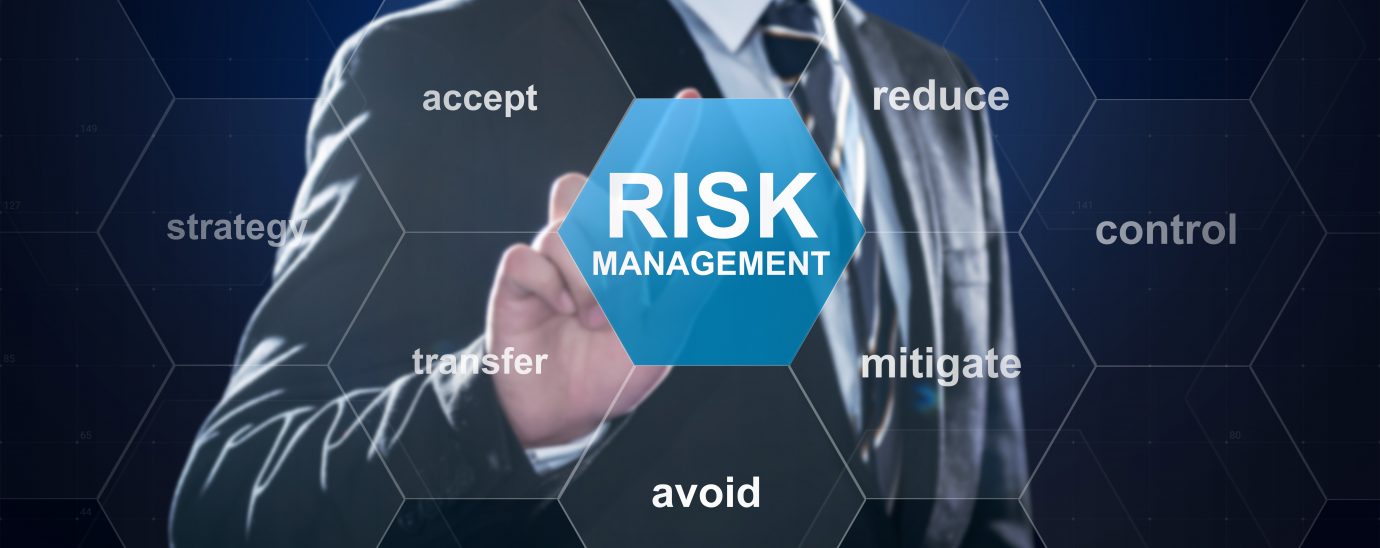Can iterative digital change help businesses mitigate risk?

Clare Gledhill, operations and strategic development director at strategic change agency CDS explores how iterative digital change can help mitigate risk.
Risk mitigation has always formed a key part of businesses’ success strategies, and that’s because all companies are faced with risk. While no one can always foresee the issues that will arise, having mechanisms in place to help mitigate, evaluate, manage, and resolve them can help an organization keep running smoothly, should a few bumps in the road occur.
Across the globe, the risk landscape arguably became even more unpredictable and turbulent with the onset of the pandemic, in many cases, highlighting the vulnerability of many organizations. As a result, firms worldwide have needed to demonstrate high levels of resilience and the ability to adapt and cope with the challenges thrown up by the virus or, alternatively, run the risk of having to close its doors permanently.
However, when it comes to planning for risk, there are many categories for business owners to be aware of; each comes with its own challenges. From operational and financial to compliance and reputational, companies need to proactively plan for these scenarios, not to eliminate risk but help preserve the trust and loyalty they’ve built up with their customers if the worst happens.
Accelerated digital transformation
It is no secret that to help navigate the unchartered waters of the pandemic, many companies looked to bolster their digital infrastructure to help them improve and streamline their processes and meet demand. For firms that had advanced technology in place, this simply meant investing in unified communications and collaboration (UC&C) software (such as Microsoft Teams or Zoom) to keep staff connected while working from home. In contrast, it meant a complete overhaul of their legacy systems and practices for others.
The wake-up call that came in the form of the pandemic caused many business owners to realize that their existing tech stacks and internal systems were no longer fit for purpose, especially with the shift to hybrid working models, or they didn’t meet the high expectations of both their staff and customers. Therefore, businesses looked to transform digitally to help weather the immediate storm and futureproof their systems and enhance their resilience.
Iterative digital change and risk mitigation
In today’s increasingly competitive marketplace, private sector firms strive to deliver more value and revenue, and public sector organizations are trying to offer better services. However, both share the common goal of increasing flexibility, leaner processes, and an optimized user experience.
Legacy systems can sometimes be a bottleneck in achieving these goals, In fact, a survey recently revealed that 70% of global CXOs see mainframe and legacy modernization as a top business priority. Another study interestingly also found that replacing legacy systems was one of the top 10 IT investments for companies in 2020.
Organizations don’t have to worry necessarily about re-platforming immediately, changing all existing systems and infrastructure at once, as, in the current economic climate, this may feel like a monumental task. Instead, choosing the right tech or understanding where an existing solution lets the company down is the logical first step. This can feel less daunting and more achievable than a complete re-platforming project.
By following a more iterative approach to digital change, organizations can implement newer, quicker, and futureproofed technology that supports, not hinders, at a comfortable rate for the business. As a result, this ensures effective scalability, efficiency, and sustainability, without pressure to adapt and change everything simultaneously.
Aging legacy technologies that no longer support developments, content personalization, or updates can leave companies vulnerable to a wide variety of risks. Whether a security breach, downtime, inefficient back-end processes, or user frustration, this often conflicts with society’s ‘inflated expectations.’
Savvy, intuitive technologies are being used by many people daily in their personal and professional lives. Those thatgenuinely delight in terms of their experience are the successful ones and used time and time again. Seamless, integrated, positive experiences are what people expect as standard from modern-day organizations. When executed with empathic experience and communications at its heart, this helps build authentic trust between brands and their audiences.
Looking at this from a financial and efficiency angle, if legacy systems are left in place and an organization builds upon these platforms without considering their constraints and risks, this inevitably leads to experiencing limitations and accruing technical debt. Therefore, ignoring legacy technologies can be a costly and complex exercise if addressed at a later stage.
Automation goes hand in hand with iterative digital change, too. Automating the more manual and operational tasks this also helps free up strategic resources, which can be dedicated to other areas of the firm.
Prioritizing behavioral insights
While many organizations think that investing in the latest, most advanced technology will solve all their problems, this really is not the case. Whether or not it involves iterative technical change, the cornerstone of any successful digital transformation journey is a user-centered approach from the start. Knowing exactly whothe target audience is and howa firm’s technology needs to operate to offer the best possible user experience is vital.
To achieve this, research needs to be carried out into users’ needs, priorities, and expectations, as this will shape the solution bespoke to the business. This ensures it is truly inclusive and accessible to all those who use it. Depending on the systems, this refers not only to external customers but also to internal employees. While a poor digital experience can switch consumers or service users off and impact the outward perception of a company, this can also prevent growth. For instance, if team members feel restricted by inefficient workflows or customers feel frustrated by a lack of empathetic communications, they will be more likely to take their skills and loyalty elsewhere.
Read More:
- How connected technology can help property developers reach future net zero
- Why team spirit is just as important as technology when it comes to security resilience
- How can digital solutions solve physical problems in the workplace?
Ultimately, iterative technical change is one potential cog in the digital transformation machine. While it may not always be necessary, it’s pivotal to conduct behavioral insight research to determine this – removing any assumptions or guesswork. The research phase will always provide interesting findings, some of which can contradict a business’s views of what they thought they knew about their users.
However, ‘inflated expectations’ are only heading in one direction as technology continues to advance at a swift pace. Looking ahead to 2022 and beyond, meeting the true needs of end-users will arguably matter more than ever before, as both private and public sector organizations strive for a sustainable growth and success strategy with as minimal risk as possible.
Click here to discover more of our podcasts
For more news from Top Business Tech, don’t forget to subscribe to our daily bulletin!
